Tyro Pro Series: The complete EFTPOS solution
A feature rich portable payments solution offering seamless POS integration and a choice of full touch screen, or a tactile keypad and touch screen.
Choose from a full touch screen, or a touch screen with tactile keypad.
Keep your business moving from open to close.
Stay connected through Wifi and an ethernet option, with mobile backup.
Take payments in a flash and deliver an effortless customer experience.
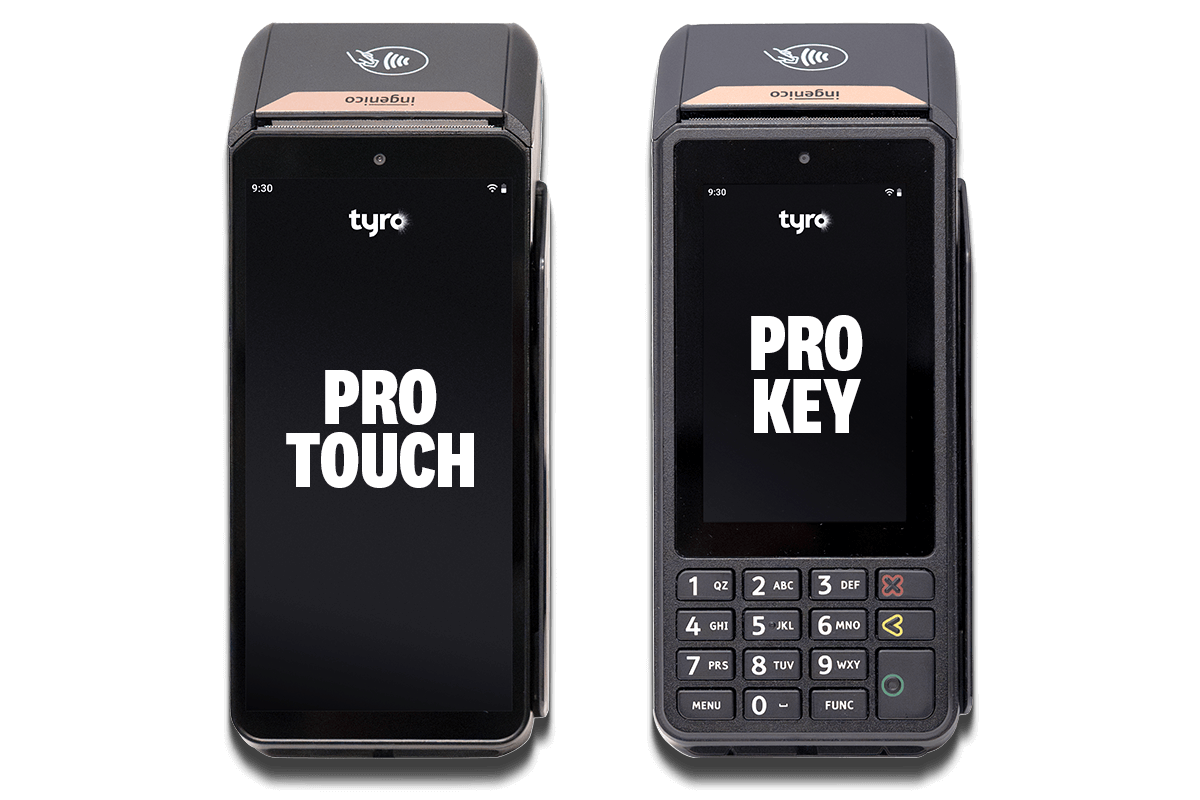
Full 6″ HD touch screen
4″ HD touch screen with a physical keypad
Integrates seamlessly with over 450+ Point of Sale solutions.
Get same day settlement 1, including weekends and public holidays when you connect your Tyro EFTPOS to a Tyro Bank Account.
Get easy access to insights and reporting from the Tyro App on your phone, the Tyro Portal or your Tyro EFTPOS machine.
Keep more of what you earn with features such as Dynamic Surcharging 2, Tap & Save 3 and No Cost EFTPOS 4
Link your Xero Accounting software to the Tyro business bank account for seamless reconciliation and to schedule batch payments.
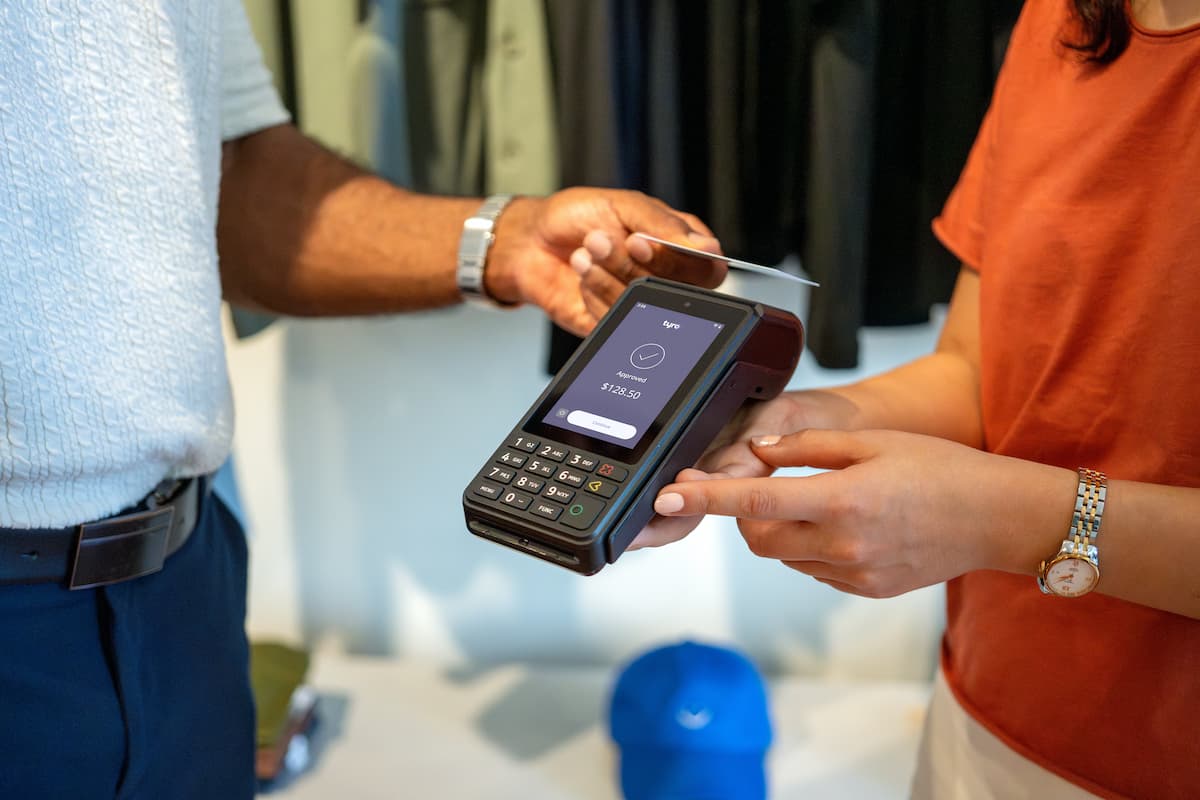
Don’t make customers come to you to pay, with a fully portable device.
Let your customers decide how they get receipts.
Give customers the option to tip by percentage or dollar amount.
Make group payments 5 super easy – and a little less awkward.
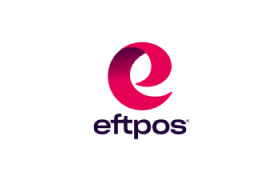
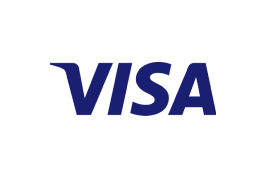
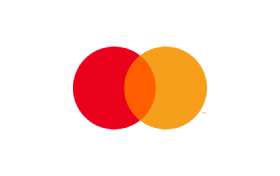
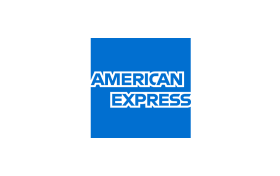
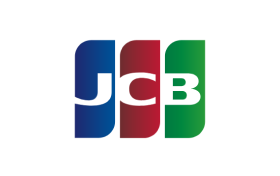
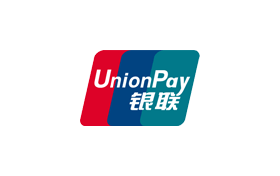
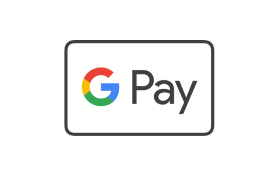

Less than $20,000 per month
Per transaction (incl. GST)
$0 monthly bills 4
Automatically recover the costs of your Tyro Pro EFTPOS by surcharging your fees to your customers
More than $20,000 per month
|
|
Tyro Pro Touch |
Tyro Pro Key |
|---|---|---|
| Screen Size | 6″ touch screen | 4″ touch screen |
| Physical Keypad | ✘ | ✔ |
| No Cost EFTPOS | ✔ | ✔ |
| Same day settlement into a Tyro Bank Account | ✔ | ✔ |
| Portable | ✔ | ✔ |
| Tipping | ✔ | ✔ |
| Split Payments 5 | ✔ | ✔ |
| Pay@Table 5 | ✔ | ✔ |
Find out how Tyro EFTPOS can benefit your business
Learn more about Tap to Pay on iPhone and take payments anytime, anywhere.
Find useful information on all of our products.
The right EFTPOS option can make a real difference to your business.
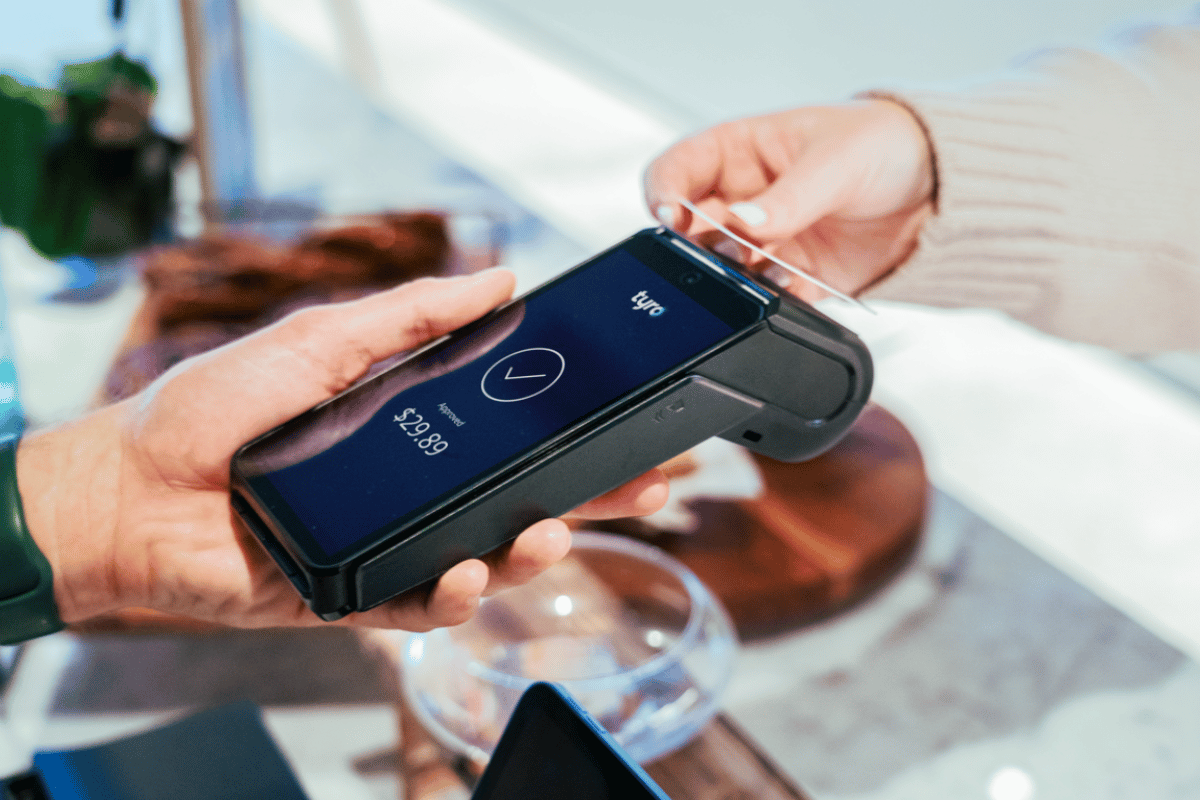
Tyro Pro – a sleek and modern EFTPOS machine that’s built to power your payments with ease.
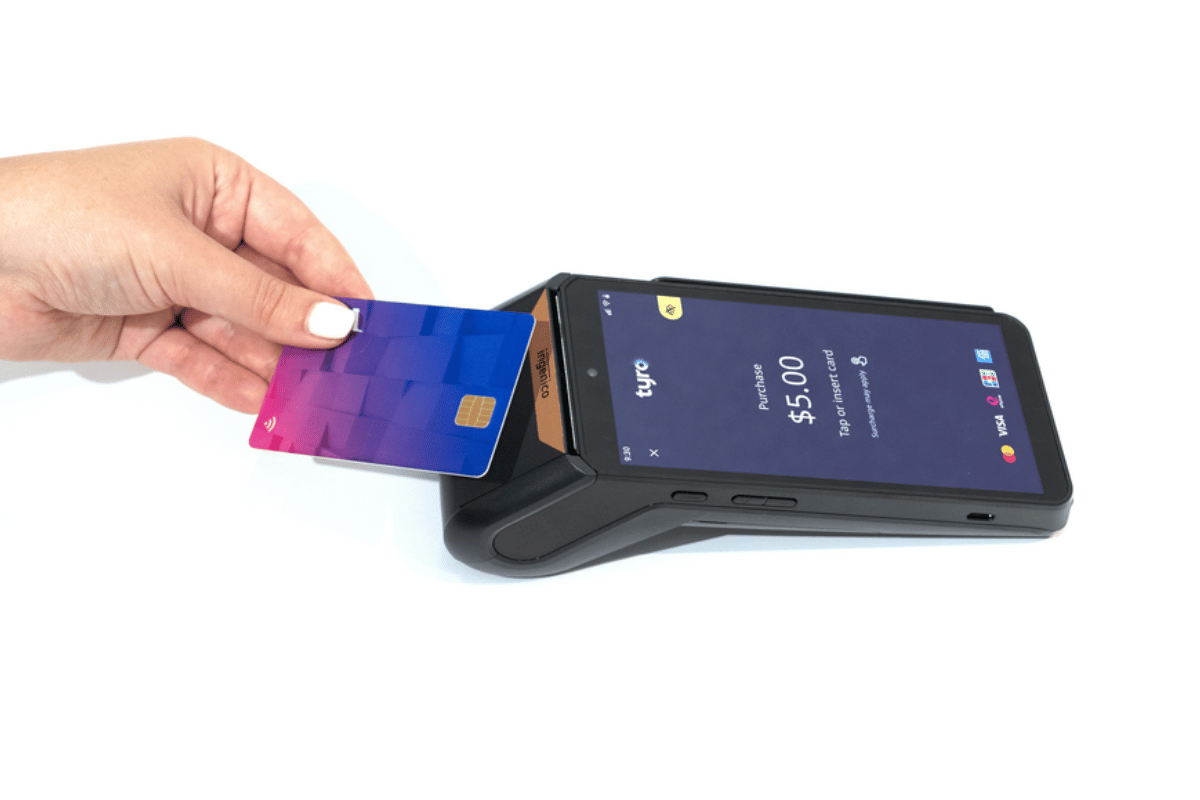
In this blog, we will explore the concept of merchant fees and dive into practical strategies to help businesses reduce these fees.
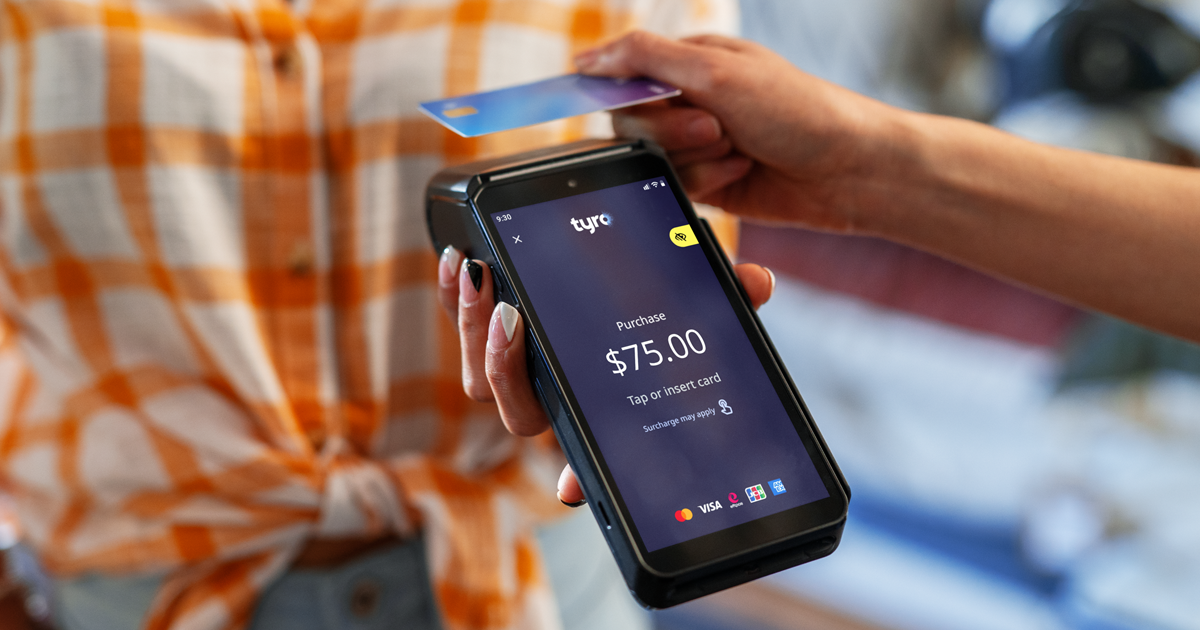
Uncover the pivotal role that portable payment devices play in shaping the landscape of modern businesses.
If you are a new Tyro Customer, simply apply for a Tyro Pro Series EFTPOS machine by clicking Get Started or call our EFTPOS Application Specialists on 1300 00 TYRO (8976) Mon-Fri 9.00am-5.30pm (Sydney time).
Settling into the Tyro Bank Account means you can reap the benefits of accessing your EFTPOS takings fast and on the same day through same day settlement, including on weekends and public holidays 1. Don’t have a Tyro Bank Account? No worries, you can always settle into your nominated or linked Australian Bank Account. Or better yet, open up a Tyro Bank Account and choose to allocate a percentage of your takings in your Tyro Bank Account or your linked Bank Account.
Tyro offers a wide range of payment options, including credit and debit card payments, to give your customers the flexibility to choose how they wish to pay. Tyro Pro lets you accept major debit and credit card payments and contactless payment options including Visa, Mastercard® , eftpos, American Express, JCB, Apple Pay, Google Pay and Samsung Pay.
Tyro Pro is suitable for all types of businesses that accept payments via card and contactless methods. If you are a growing business or if you need an integrated POS and EFTPOS solution, or simply a robust EFTPOS machine that you can use on its own, then Tyro Pro could be the ideal portable EFTPOS solution to help you run your business.
Tyro Pro integrates with a wide range of Point of Sale partners. See if we integrate with your POS by visiting our list of integrated Point of Sale partners.
The Tyro Pro stands out from other mobile EFTPOS machines due to its advanced features and user-friendly design. It offers a sleek, portable design with long battery life and reliable connectivity options, including 3G/4G and Wi-Fi. The Tyro Pro integrates seamlessly with various POS systems and supports a wide range of payment methods, including contactless payments. Its intuitive interface and robust security features make it a top choice for businesses needing flexibility and reliability in their EFTPOS payments .
The cost of a mobile EFTPOS machine, including the Tyro Pro, can vary based on several factors such as the model, features, and service plans. For specific pricing details and to find the best portable EFTPOS solution for your business, call our specialists on 1300 00 TYRO (8976).